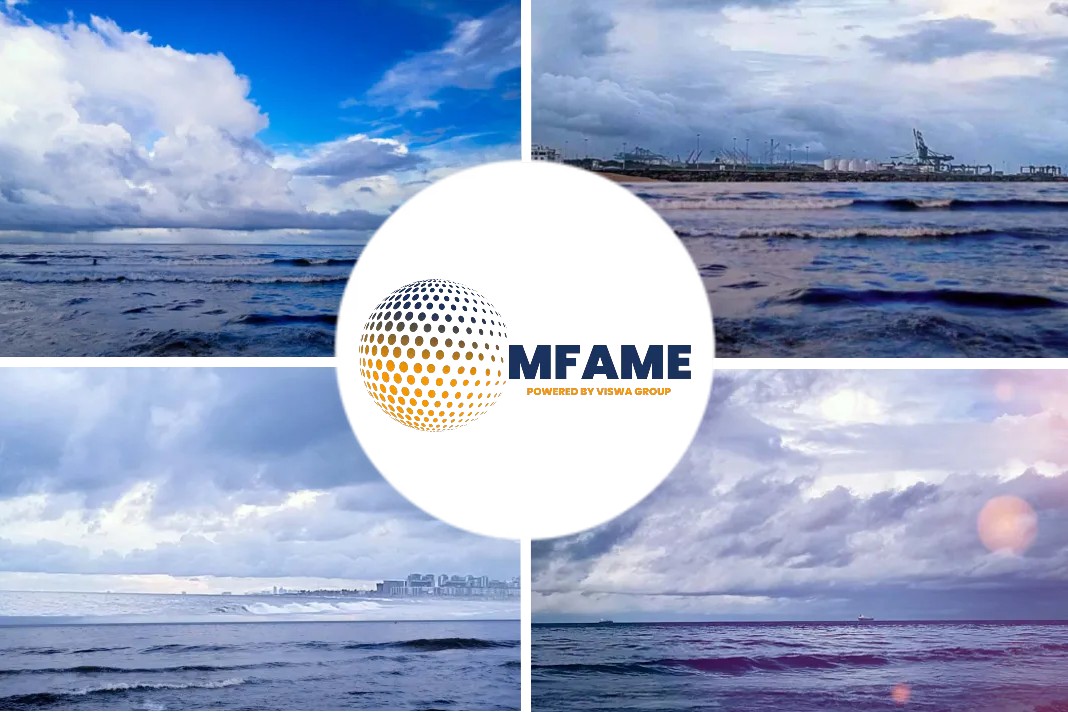The maritime industry is a fast paced one which is always up for major changes. It’s the ports and shipping which generally face significant changes that are enforced within a couple of years or are already happening, often with little notice taken. The oncoming sulphur deadline is one such change.
How does legislation affect?
One of the things to be affected by international legislation involves ship emissions. By January 1, 2020, just 15 months away, new UN-enforced ship emission laws come into effect in which container ships will have a 0.5% sulphur cap imposed.
How they are preparing?
For the shipping lines that means one of several things. One of these is to install special “scrubbers” to reduce the amount of sulphur (CO2) emitted into the atmosphere. Another is to avoid the use of conventional thick bunker fuel oil; some ships are now being designed around using liquid nitrogen gas (LNG) instead of oil-based fuels.
The major shipping lines, led by Maersk, MSC and CMA CGM, have reacted in a startling way, saying that the costs of adapting their ships will be passed on to the cargo owner.
These charges will be as high as $160 per TEU (20-foot container equivalent). MSC intends adding a fuel surcharge as from January 1, 2019, one year ahead of the IMO requirement, “to help customers plan for the impact of the post-2020 fuel regime”. The other lines have followed similarly.
The Orders and The Surcharges
CMA CGM has placed orders for nine LNG-powered container ships and will probably use scrubbers for the existing fleet.
According to Maersk the sulphur cap will increase its fuel bill by up to $2 billion a year, to be recovered with bunker surcharges.
However, the Global Shippers Forum (GSF) calls the surcharges “suspicious”.
“Given historical experiences with surcharges, shippers are naturally suspicious over something shipping lines say is ‘fair, transparent and clear’. GSF will be taking this piece of financial engineering apart piece by piece as we suspect this has more to do with rate restoration than environmental conservation. Asking customers to contribute to new environmental costs is to be expected, but this charge lacks transparency; no data is available to let customers work out how the charge has been calculated.”
The GSF also said the lines were “helping themselves to a whole year of higher fuel surcharges a full 12 months before the rules requiring them to use surcharges actually come in”.
These new IMO rules refer back to UN climate change talks held in Durban in 2011.
Ways to Reduce Emissions
Meanwhile, ship owners and operators, engine builders, oil companies and others are devising ways at reducing ship emissions while keeping costs down. The changes are all about global warming and an international response to the challenges facing the world generally and some nations more particularly. Consider the dilemma facing a country like the Marshall Islands which boasts one of the world’s biggest ship registries, but whose low-lying islands and atolls lie threatened by the rising waters of global warming.
Autonomous Shipping and Compliance
Another challenge involves the fast-developing trend towards autonomous shipping at sea and within the ports. The march towards a new era is being unveiled with unmanned ships and unmanned port equipment under development or already in service.
The port of Shanghai, the world’s busiest container port handling an incredible 40.23 million TEU in 2017, almost seven million TEU more than its nearest rival, Singapore, already has a large section of the port under automatic control, with just a few people in attendance in a control room.
When the Shanghai Yangshan Deep-Water Port’s Phase IV container terminal started its trial operations in December last year, it signalled the way for future port terminal handling. The automated Phase IV terminal will cement Shanghai’s leading position with an additional seven berths and another 4-6 million TEU of capacity. That’s more capacity than the whole of South Africa’s four container ports and 15 berths combined!
Automated Operations
At sea a similar revolution is taking place. Already in the Baltic fully automated coastal or “short-sea” operations are testing the ability of ships to load cargo in one port and deliver it to another without anyone “driving” it.
The Norwegians are among the leading developers in the autonomous field, with Kongsberg leading the way with a company called Yara, to develop the world’s first all-electric, fully autonomous container ship.
To become meaningful ships with considerably more capacity than 100 containers will be necessary but they will follow, more than likely burning LNG and with just a few maintenance technicians on board. Savings will be considerable but before anyone cries about job losses, consider that there will be a reported shortage of 147000 officers worldwide by 2025.
“Sailors fear for their jobs when they hear about what we are doing, but autonomous does not mean unmanned,” said Peter Due, a director at Kongsberg Maritime.
Did you subscribe for our daily newsletter?
It’s Free! Click here to Subscribe!
Source: IOL






















